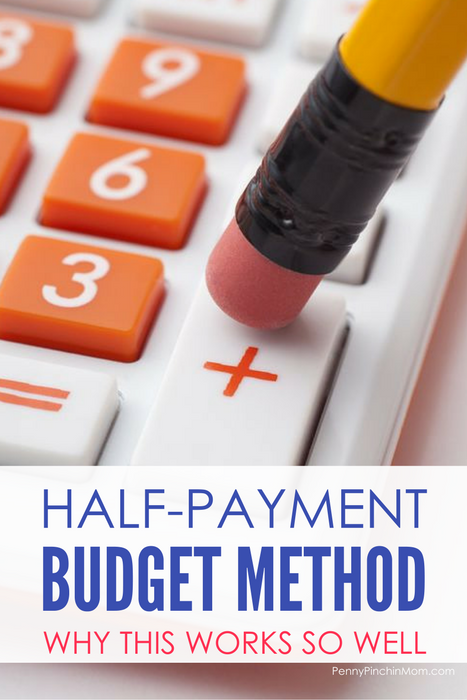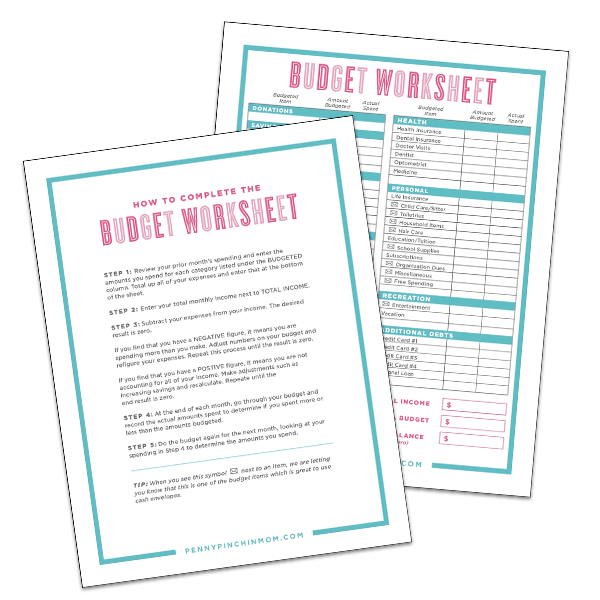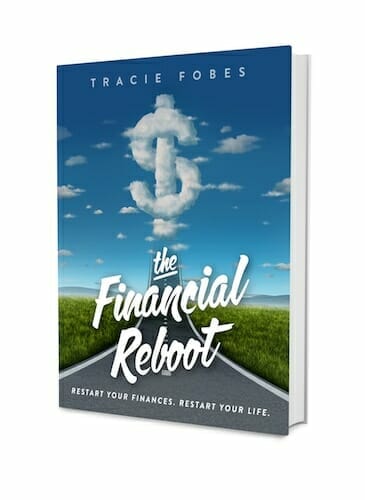The half payment budget method might be what you need. If traditional budgets do not work, you really might want to consider this method instead.

If you do any research, you will find many ways to budget. However, many times, the options you find do not work for you. That is why it is important to find the right budget for your needs. A new one you may not have tried is the the half-payment budget method.
This system helps many people stop living paycheck to paycheck. Simply explained, it is where you take your regular, recurring payments and divide them in half. Each payday, you set aside the necessary money out of each check so that you have the full payment available when it is due. The half payment is not paid at that time, but rather you hang onto it and pay it on the due date.
HOW TO USE THE HALF-PAYMENT BUDGET METHOD
In order to explain this in a simple manner, here is how this system might look for you:
Monthly income: $2,500 (paid $1,250 every other week)
Recurring monthly payments (other than utilities):
Mortgage/Rent: $900
Vehicle Payments: $450
Auto insurance: $100
When you apply the half-payment method, your weekly budget would look something like this:
Paycheck #1 – $1,250
Set aside $450 for rent/mortgage
Set aside $225 for vehicle payments
Set aside $50 for insurance
Leaves $525 out of your paycheck for other expenses
Paycheck #2 – $1,250
Take $450 from previous paycheck and add $450 and pay $900
Take $225 from previous paycheck and add $225 and make full $450 payment
Take $50 from previous paycheck and add $50 to make $100 payment
Leaves $525 out of your paycheck for other expenses from each check
Now, let’s compare this to the method that many use – to just pay when the bill is due:
Paycheck #1 – $1,250
Rent – $900
Leaves $350 for all expenses
Paycheck #2 – $1,250
Vehicle payments – $450
Insurance – $100
Leaves $700 for additional expenses
If you do the math, you will notice that you still have the same to spend over the course of a month, however, you will see a difference in the amount from each paycheck. You might show that you have more money left after your 2nd paycheck of the month, but will you really save that? Most people do not. If they have extra month to spend, they just spend it.
How to Start
I would not recommend that you jump in and change all of your bills so that they are paid using this method. That may be too much and you might quit before you even really get started! Instead, select one bill, such as a car payment, and try using the half payment method for a few months. Once you see it works, you can transition other bills into this same payment method.
Why it Works
So, why would you use the half payment method? For many it works better because you have around the same income to spend out of every check, rather than cutting your spending in half like you see in the second example. For many, there is always that paycheck that makes spending tough. When you have to pay a few larger bills all out of one check, it often leaves little to no money left for other purchases.
By changing to the half method, you are still paying your bills, but you are just earmarking money to pay a bill due later in the month. You still have the same income. You still pay your bills on time. However, you have more disposable income every two weeks by doing it in this way.
What is great about this method is that it works no matter how you are paid. If you are paid monthly or weekly you might try using a quarter payment method every week (breaking out your check to leave spending weekly).
If you want to learn more about understanding your money attitude, change your spending habits and get out of debt once and for all, check out the Financial Rebook eBook.


